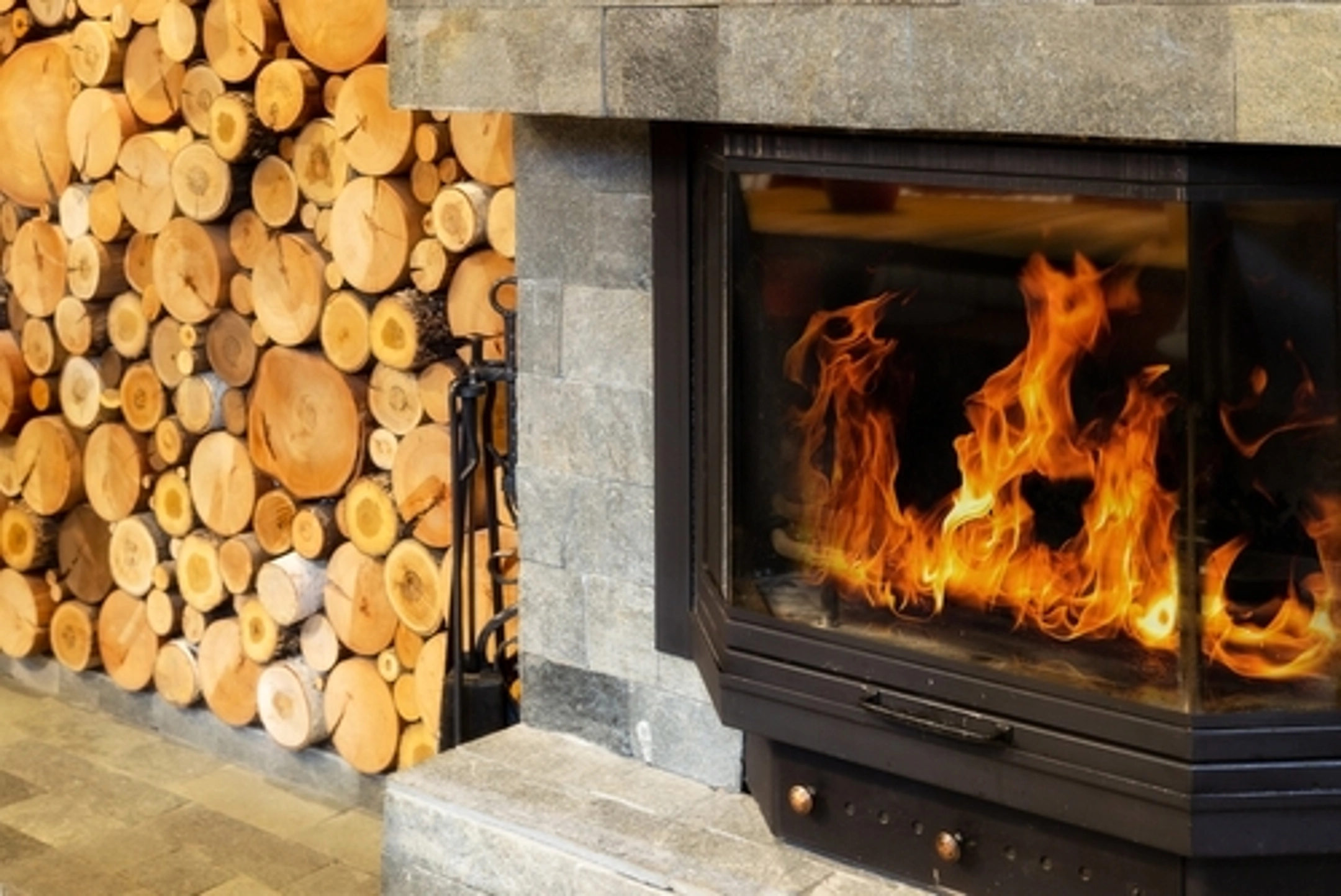
Items like fireplaces and gas stoves are common in households and properties all over the world. Unfortunately, they pose a serious fire hazard and can cause severe property damage, threatening not just your health and safety, but your home, business, structural integrity, and potentially even your livelihood. Whether a gas fire becomes faulty, or user error causes a blaze, how exactly can you clean when these fires strike? What steps can you take to help begin putting the pieces back together? SERVPRO® is Here to Help® answer that and more.
What is a Gas Fire?
Before detailing steps to clean after a gas fire, let us first establish what this term means in the first place. According to Cambridge Dictionary, a gas fire is defined as: “A fire that uses gas as a fuel to heat a room.”
Are There Different Types of Gas Fires?
Yes, there are ultimately two main types of gas fires, according to Charlton & Jenwick, which include:
- Conventional Flue. This type of gas fire uses the natural circulation of air in the room where the fire has been “installed,” to help remove gases from combustion.
- They are commonly used with glass-fronted fires and open fires.
- They draw in air from the room itself, meaning ventilation is needed at the front of the fire.
- Balanced Flue. On the other hand, this type of gas fire tends to be more efficient than conventional flues, in that the fire itself is completely sealed from the room. Because air is not drawn from the room, efficiency increases.
- Air is drawn into the room via a twin outside pipe, which is typically mounted on an outside wall near the back of the fire’s location.
- Combustion gases exit through the second pipe.
- These are often found in newer properties, or spaces without a conventional chimney.
Steps to Clean After Gas Fires and Other Types
When a gas fire strikes, your priority should be evacuating the area, reaching a safe place, and after that, calling 911. Once the fire has been put out, there are steps you can take to begin the cleanup process, if safely possible.
As the Red Cross indicates, to help clean after a gas fire and other types of fires in your property, you can take the following steps. Please note that this list is not all-encompassing; for more information, visit the Red Cross’s website.
- When cleaning, be sure to wear work gloves, heavy soled shoes, and other protective clothing.
- To help remove smoke odor, consider using products with tri-sodium phosphate (TSP). This is particularly useful for removing odors out of fabrics.
- Be mindful to read the label for safety instructions and specific directions on proper use.
- Use soapy water to clean pots and pans.
- Rinse and polish after initial cleaning.
- For clothing that can be bleached, consider following this method to help remove smoke odor and soot from clothing: measure 4 to 6 tablespoons of tri-sodium phosphate, along with 1 cup of chlorine bleach or household cleaner, for every gallon of warm water you intend to use.
- You might also consider washing clothes in cold water using typical detergent, but also adding 1 tablespoon of pure vanilla extract.
SERVPRO Provides Fire Damage Cleanup Services 24/7/365
SERVPRO offers thorough fire damage cleanup, restoration, and construction services. In fact, when technicians arrive to assist after a gas fire in your home, business, or other property, they will implement a robust seven step fire damage cleanup process, which includes:
- Emergency Contact. The first step occurs when you contact your local SERVPRO and provide helpful information to determine the proper tools and equipment needed for the job.
- Inspection and Fire Damage Assessment. To develop a plan of action, SERVPRO professionals will evaluate the fire, smoke, and soot damage present, including in adjoining rooms to where the fire itself occurred.
- Roof Tarping and Board-Up Services. If necessary, to help protect damaged roofing, walls, and windows, and to enhance security while cleanup and restoration take place, roof tarping and board-up services will be implemented.
- Water Removal and Drying. If water damage is still present when technicians arrive, water removal and drying, using extraction equipment and dehumidifiers, will take place.
- Smoke and Soot Removal. Because smoke and soot can reach hard-to-clean areas, technicians will utilize specialized techniques and equipment to remove any leftover residue from areas like ceilings, walls, and floors.
- Cleaning and Sanitizing. Using equipment such as air foggers and industrial scrubbers, technicians will clean all your restorable items.
- Restoration. The final step is to complete any last repairs (such as painting or installing new carpet), along with any rebuilding and reconstruction that may be required. This is what truly helps make it “Like it never even happened,” and returns the property to pre-loss condition.
For 24-Hour Fire Damage Cleanup Services, Contact SERVPRO
Whether you use your fireplace to burn some logs while enjoying company during wintertime, or your gas stove to cook during Thanksgiving, the risk of gas fires cannot be overlooked. When they strike, while there are certainly steps you can take in the aftermath, know a trusted cleanup and restoration company like SERVPRO is available to provide 24-hour emergency services.
SERVPRO was established in 1967 and has grown to become the #1 choice in fire and water cleanup and restoration*. No matter when you experience property damage—whether at 3 in the morning, on a weekend, holiday, or more—SERVPRO is here to help. Cleanup technicians across North America are committed to returning your property to pre-loss condition and making it “Like it never even happened.” There are 2300 SERVPRO locations in the United States and Canada. Find your local SERVPRO today and reach out for emergency cleanup, restoration, and construction services.
Our FAQ and glossary offer additional information about SERVPRO and the cleanup and restoration industry. To learn more, we also encourage you to visit our resource library.